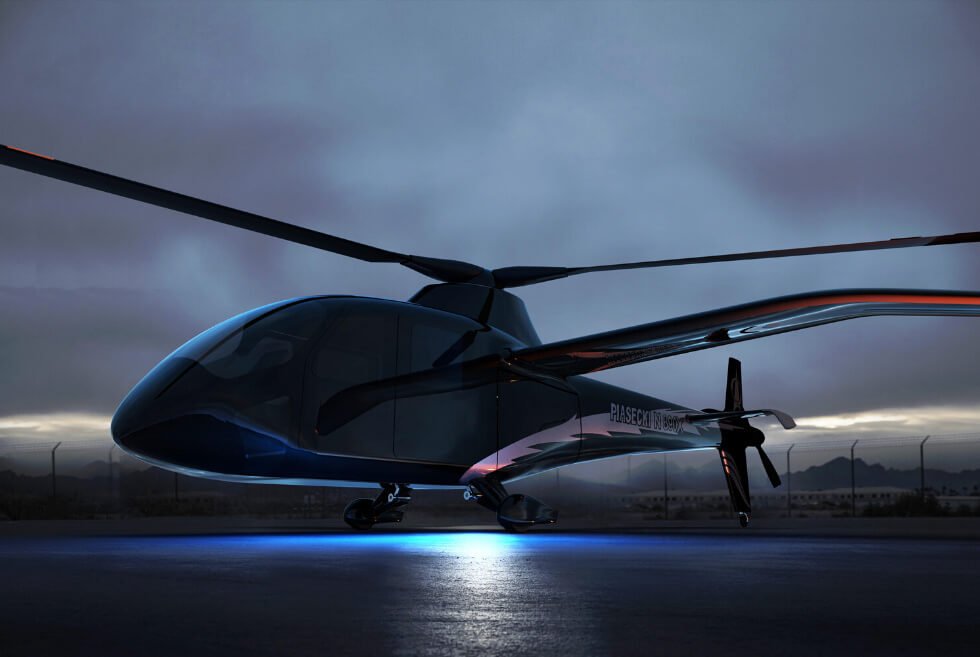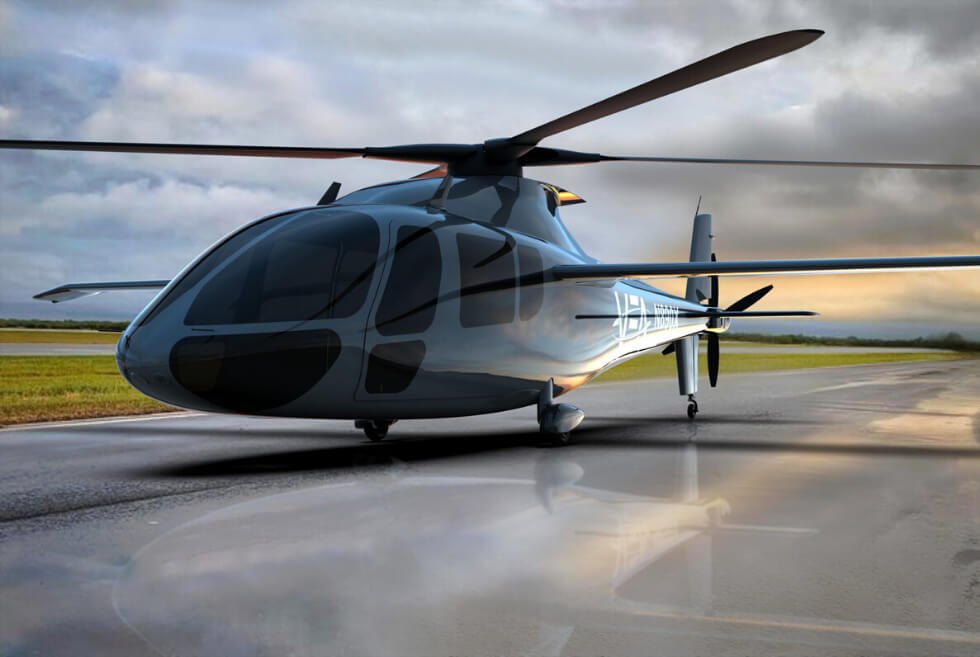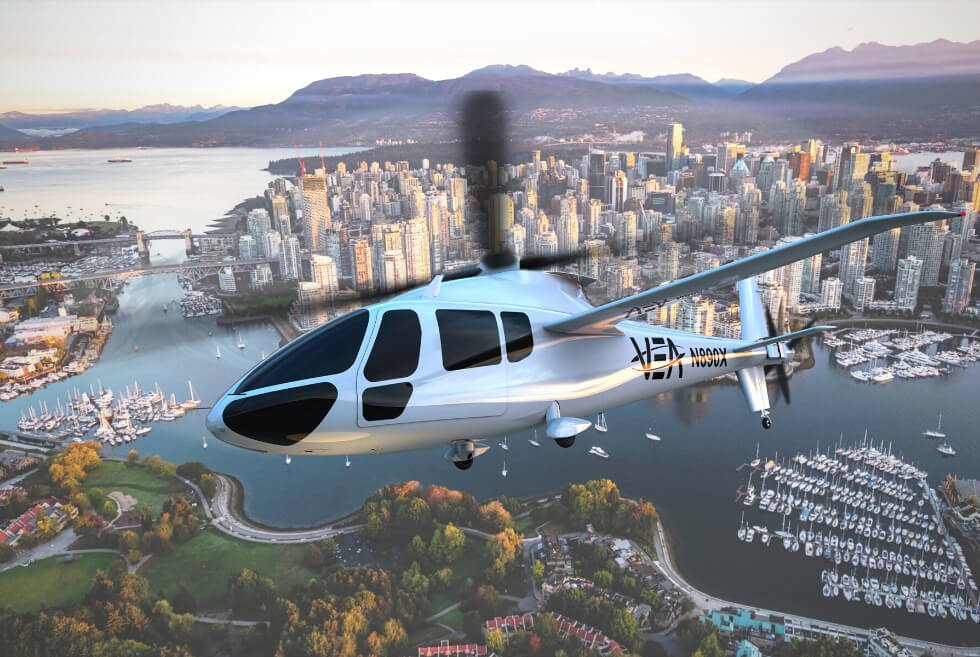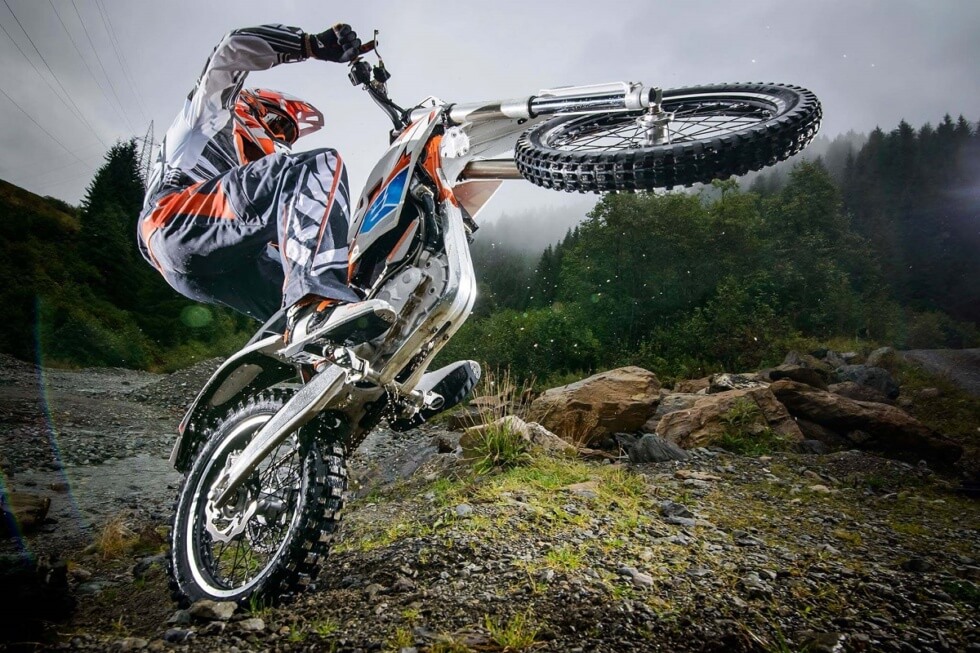It wasn’t long ago when we were talking about some of the factors holding back the adoption of hydrogen fuel cells. Although many of us think that battery-electric systems are more sustainable, the recharging process might not be entirely green as we think. Piasecki makes its stand with the former to power its PA-890 rotorcraft.
You might be wondering why this chopper sports wings on the fuselage. The manufacturer is going for a compound configuration. These rotate vertically up to 90 degrees to improve efficiency when hovering. During regular flights, they are positioned horizontally to minimize drag.
The powerful main rotor features four blades with torque counteracted by the swiveling tail rotor. This also provides thrust during forward flight. According to Piasecki, this dynamic rotor system of the PA-890 dramatically improves efficiency and range.
Moreover, the electric motors generate lesser noise in contrast to contemporary helicopters. This eVTOL will be capable of passenger transport as well as logistics. The manufacturer also envisions its use for Emergency Medical Services (EMS) applications.
The PA-890 should appeal to the commercial travel sector with its projected 50% reduction in operating costs. Piasecki is supposedly sourcing the fuel cells from Hypoint. The technology from the provider apparently promises four times the energy density of lithium-ion batteries.
Piasecki says its hydrogen fuel cell eVTOL is still in the early development phase. It will take some time to squeeze out the best performance and mileage given the limitations brought about by current systems. Nonetheless, a working prototype should take its maiden flight sometime in 2024. After certification, deliveries of the PA-890 should start in 2025.



Images courtesy of Piasecki


